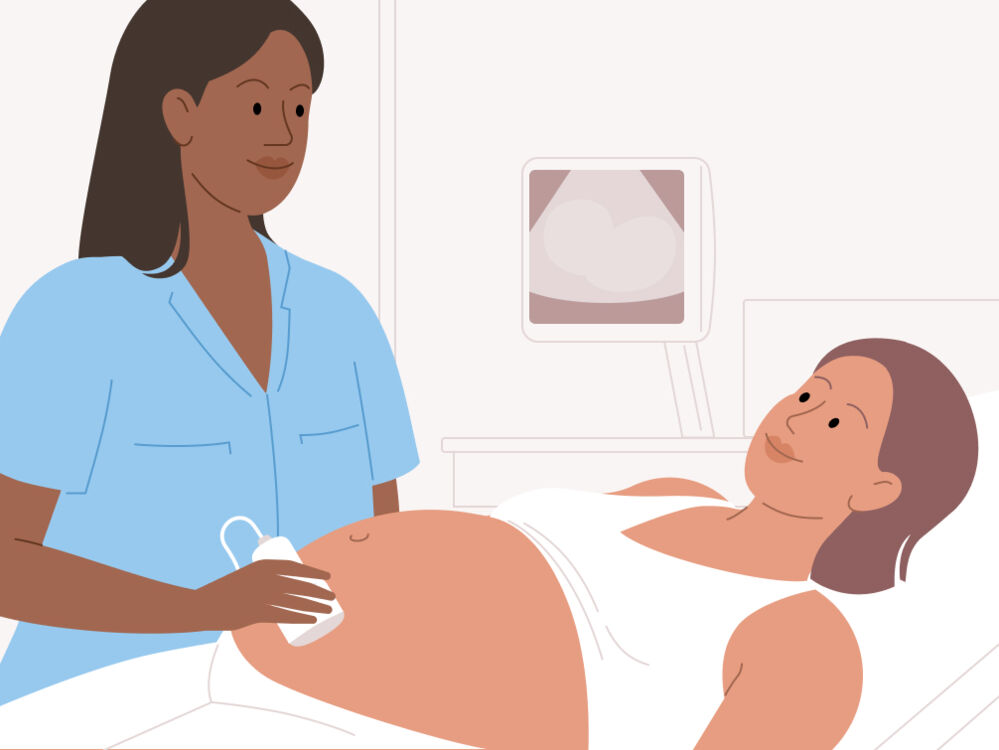Key takeaways
- At conception — when a sperm fertilizes the egg — chromosomes determine the sex of your baby. It can take a few weeks for your baby’s genitals to develop, but their sex doesn’t change during pregnancy.
- There are many old wives’ tales and myths that claim you can tell whether you’re having a boy or a girl, but they’re not based on scientific evidence.
- The only surefire way to find out the sex of your baby is at a doctor’s appointment. This can be determined as early as 10 weeks but usually between the 18th and 22nd week of pregnancy.
Why find out the sex of your baby before delivery?
While your top priority is, of course, to have a healthy pregnancy, it’s only natural to be curious about your baby’s sex when you’re expecting. Many people want to know their baby’s sex from the moment they get a positive pregnancy test — after all, nine months is a long time to wait before meeting your little one.
For many soon-to-be parents, learning the baby’s sex is a matter of practicality. Maybe you’ve been thinking about unisex baby names, or maybe discovering your baby’s sex could help you decide on a name and prepare for their arrival. Announcing your baby’s sex to loved ones can feel like a big milestone, and some parents use their child’s biological sex to decide what color clothing and nursery decorations to buy.
When does your baby develop their biological sex?
The process through which sex is determined is called human sexual differentiation. You probably won’t find out your baby’s sex until a few months into your pregnancy, but it was set in stone at the moment of conception because it’s determined by their genes.
It’s the sperm that has the deciding vote on your baby’s sex. That’s because eggs always have XX chromosomes, while sperm has XY chromosomes. If the sperm contributes an X chromosome, the resulting embryo will have XX chromosomes and be female. However, if the sperm contributes a Y chromosome, the embryo will have XY chromosomes and be male.





